The Ubuntu Studio team is pleased to announce the release of Ubuntu Studio 25.10 code-named “Questing Quokka”. This marks Ubuntu Studio’s 37th release. This release is a Regular release and as such, it is supported for 9 months, until July 2026.
Since it’s just out, you may experience some issues, so you might want to wait a bit before upgrading. Please see the release notes for a more complete list of changes and known issues. Listed here are some of the major highlights.
You can download Ubuntu Studio 25.10 from our download page.
Special Notes
The Ubuntu Studio 25.10 disk image (ISO) exceeds 4 GB and cannot be downloaded to some file systems such as FAT32 and may not be readable when burned to a standard DVD. For this reason, we recommend downloading to a compatible file system. When creating a boot medium, we recommend creating a bootable USB stick with the ISO image or burning to a Dual-Layer DVD.
Minimum installation media requirements: Dual-Layer DVD or 8GB USB drive.
Images can be obtained from this link: https://cdimage.ubuntu.com/ubuntustudio/releases/25.10/release/
Full updated information, including Upgrade Instructions, are available in the Release Notes.
Upgrades from 25.04 should be enabled within a month after release, so we appreciate your patience. Upgrades from 24.04 LTS will be enabled after 25.04 reaches End-Of-Life in January 2026.
New This Release
The Return of Internet DJ Console (IDJC)!
After a long hiatus, Internet DJ Console (IDJC) has returned. This package for creating and running Internet-based radio stations had been removed from Debian, but has returned, and therefore, returned to Ubuntu Studio!
JackTrip
Ubuntu Studio now includes JackTrip! JackTrip serves two purposes: low-latency networked JACK audio within your network, and low-latency Internet audio collaboration. Bands are even known to jam remotely using JackTrip’s services!
It supports any number of channels (as many as the computer/network can handle) of bidirectional, high quality, uncompressed audio signal streaming.
More Musical Plugins
We came to the realization that we needed to support musicians a little better, so we added a few instrument and musical plugins to assist with that:
- din
- drumkv1
- freewheeling
- gxtuner
- Hydrogen Drumkit Effects
- kmetronome
- padthv1
- polyphone
- samplv1
- synthv1
More Photography Tools
- PhotoCollage – allows you to create photo collage phosters
- PicPlanner – Calculates and displays the positions of the Sun, Moon, and Milky Way for any time and location on earth, to help you get those perfect astronomical photos or for taking pictures during the Golden or Blue hours.
PipeWire 1.4.7
This release contains PipeWire 1.4.7.
PipeWire’s JACK compatibility is configured to use out-of-the-box and is zero-latency internally. System latency is configurable via Ubuntu Studio Audio Configuration and can now be configured on a per-user basis instead of globally.
Ubuntu Studio Audio Configuration
Speaking of Audio Configuration, we have added a number of options for configuring the PipeWire JACK compatibility, as can be seen in the image below. Additionally, buffer size can now be configured from within any JACK application that supports it, such as Patchance, Carla, Ardour, and more!
Ardour 8.12
This is, as of this writing, the latest release of Ardour, packed with the latest bugfixes.
To help support Ardour’s funding, you may obtain later versions directly from ardour.org. To do so, please one-time purchase or subscribe to Ardour from their website. If you wish to get later versions of Ardour from us, you will have to wait until the next release of Ubuntu Studio, due in April 2026.
Frequently Asked Questions
Q: Does Ubuntu Studio contain snaps?
A: Yes. Mozilla’s distribution agreement with Canonical changed, and Ubuntu was forced to no longer distribute Firefox in a native .deb package. We have found that, after numerous improvements, Firefox now performs just as well as the native .deb package did.
Thunderbird also became a snap so that the maintainers can get security patches delivered faster.
Additionally, Freeshow is an Electron-based application. Electron-based applications cannot be packaged in the Ubuntu repositories in that they cannot be packaged in a traditional Debian source package. While such apps do have a build system to create a .deb binary package, it circumvents the source package build system in Launchpad, which is required when packaging for Ubuntu. However, Electron apps also have a facility for creating snaps, which can be uploaded and included. Therefore, for Freeshow to be included in Ubuntu Studio, it had to be packaged as a snap.
We have additional snaps that are Ubuntu-specific, such as the Firmware Updater and the Security Center. Contrary to popular myth, Ubuntu does not have any plans to switch all packages to snaps, nor do we.
Q: Will you make an ISO with {my favorite desktop environment}?
A: To do so would require creating an entirely new flavor of Ubuntu, which would require going through the Official Ubuntu Flavor application process. Since we’re completely volunteer-run, we don’t have the time or resources to do this. Instead, we recommend you download the official flavor for the desktop environment of your choice and use Ubuntu Studio Installer to get Ubuntu Studio – which does *not* convert that flavor to Ubuntu Studio but adds its benefits.
Q: What if I don’t want all these packages installed on my machine?
A: Simply use the Ubuntu Studio Installer to remove the features of Ubuntu Studio you don’t want or need! Additionally, we include a Minimal Install option that, when used with Ubuntu Studio Installer, will give you the Ubuntu Studio experience for whatever your desktop studio needs!
Get Involved!
A wonderful way to contribute is to get involved with the project directly! We’re always looking for new volunteers to help with packaging, documentation, tutorials, user support, and MORE! Check out all the ways you can contribute!
Our project leader, Erich Eickmeyer, is now working on Ubuntu Studio at least part-time, and is hoping that the users of Ubuntu Studio can give enough to generate a monthly part-time income. We’re not there, but if every Ubuntu Studio user donated monthly, we’d be there! Your donations are appreciated! If other distributions can do it, surely we can! See the sidebar for ways to give!
Contact the Team
The best way to contact the Ubuntu Studio team is via the Ubuntu Discourse.
Special Thanks
Huge special thanks for this release go to:
- Eylul Dogruel: Artwork, Graphics Design
- Ross Gammon: Upstream Debian Developer, Testing
- Sebastien Ramacher: Upstream Debian Developer
- Dennis Braun: Upstream Debian Developer
- Rik Mills: Kubuntu Council Member, help with Plasma desktop
- Scarlett Moore: Kubuntu Project Lead, help with Plasma desktop
- Len Ovens: Testing, insight
- Mauro Gaspari: Tutorials, Promotion, and Documentation, Testing, keeping Erich sane
- Erich Eickmeyer: Project Leader, Packaging, Development, Direction, Treasurer
- Steve Langasek: You are missed.





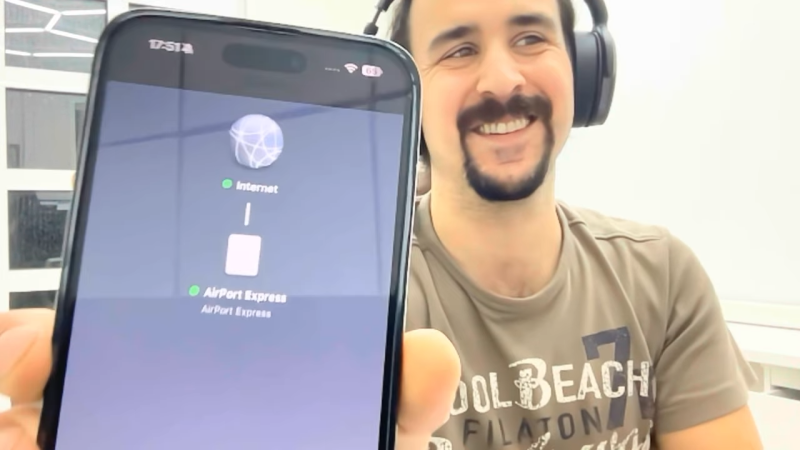


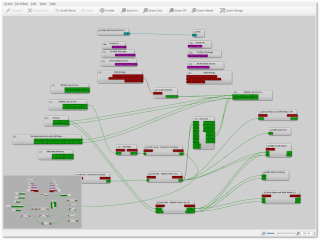














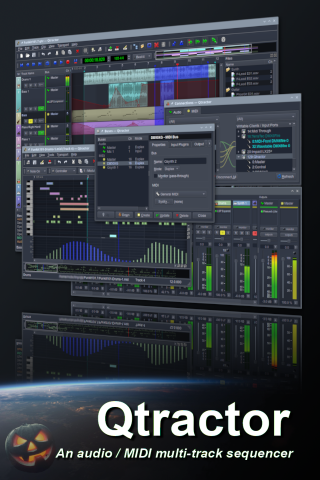


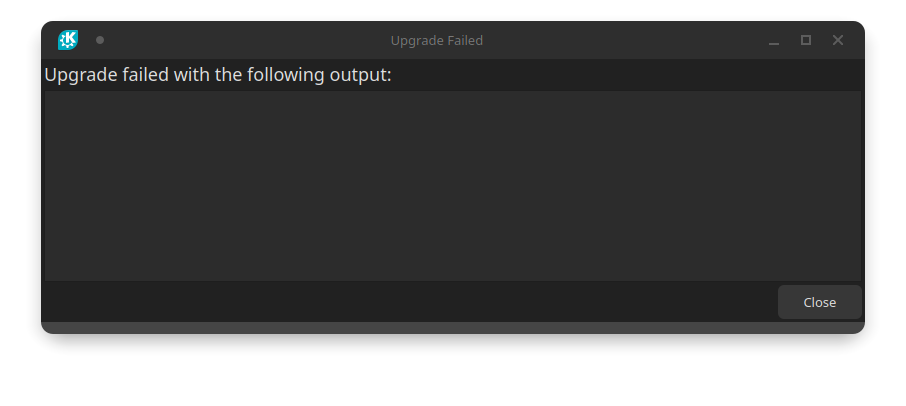
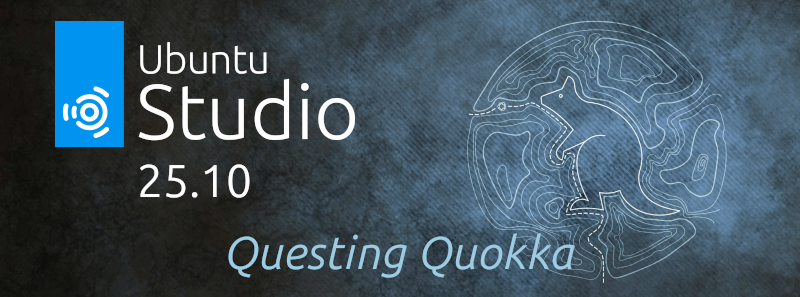


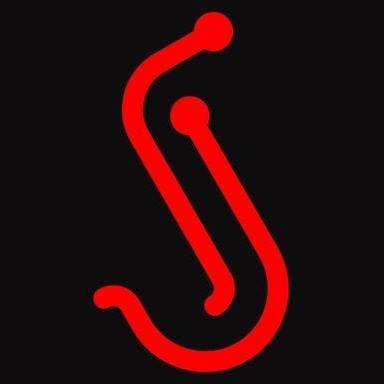


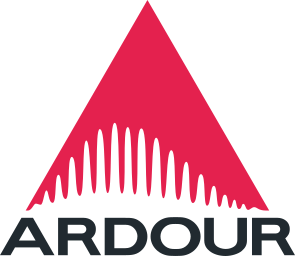

Add new comment